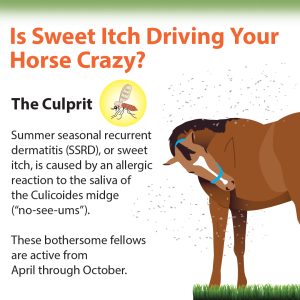
500
View Article
Summer seasonal recurrent dermatitis (SSRD) or sweet itch, is caused by an allergic reaction to the saliva of the Culicoides midge (“no-see-ums”). These bothersome fellows are active from April through October.
» View Article
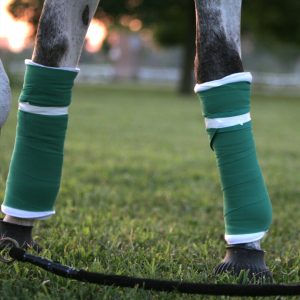
1,458
View Article
Allergens from feed, bedding or the environment (dust, mold, pollen) can lead to systemic inflammation that causes fluid to leak...
» View Article
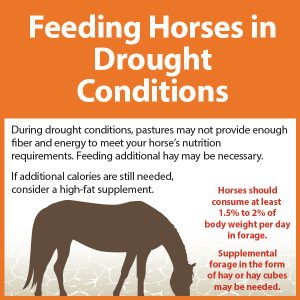
100
View Article
During drought conditions, pastures may not provide enough fiber and energy to meet your horse’s nutrition requirements. Feeding additional hay may be necessary. If additional calories are still needed, consider a high-fat supplement. Horses should consume at least 1.5% to 2% of body weight per day in forage. Supplemental forage in the form of hay or hay cubes may be needed.
» View Article
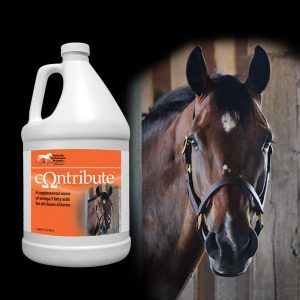
634
View Article
ContributeTM was developed to provide an easy and affordable way for you to add omega-3 fatty acids into the diet...
» View Article
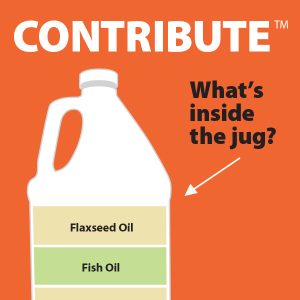
589
View Article
Click here to download a print version of this infographic. Text-only version of “Contribute™: What’s Inside the Jug” Omega fatty...
» View Article
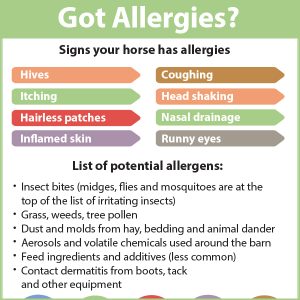
807
View Article
Signs your horse has allergies
Hives
Itching
Hairless patches
Inflamed skin
Coughing
Head shaking
Nasal drainage
Runny eyes
» View Article

25,747
View Article
Summer seasonal recurrent dermatitis (SSRD), commonly called sweet itch or summer itch, is caused by a horse’s allergic reaction to...
» View Article

442
View Article
Omega fatty acids are known as essential fatty acids because they cannot be synthesized in the body and must be...
» View Article
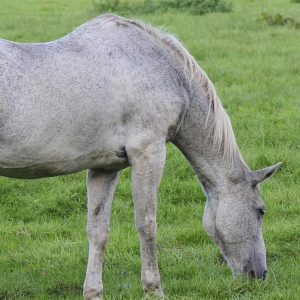
355
View Article
Recent research at the University of Kentucky shows that including prebiotics in a senior horse’s diet significantly reduces the markers...
» View Article
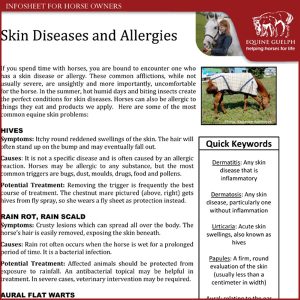
197
View Article
Click here, to learn more about common skin diseases and allergies in horses. Article re-posted with kind permission by Equine...
» View Article

339
View Article
Arthritis is a degeneration of the articular surfaces of the joint caused by inflammation. Over time, normal wear and tear...
» View Article













